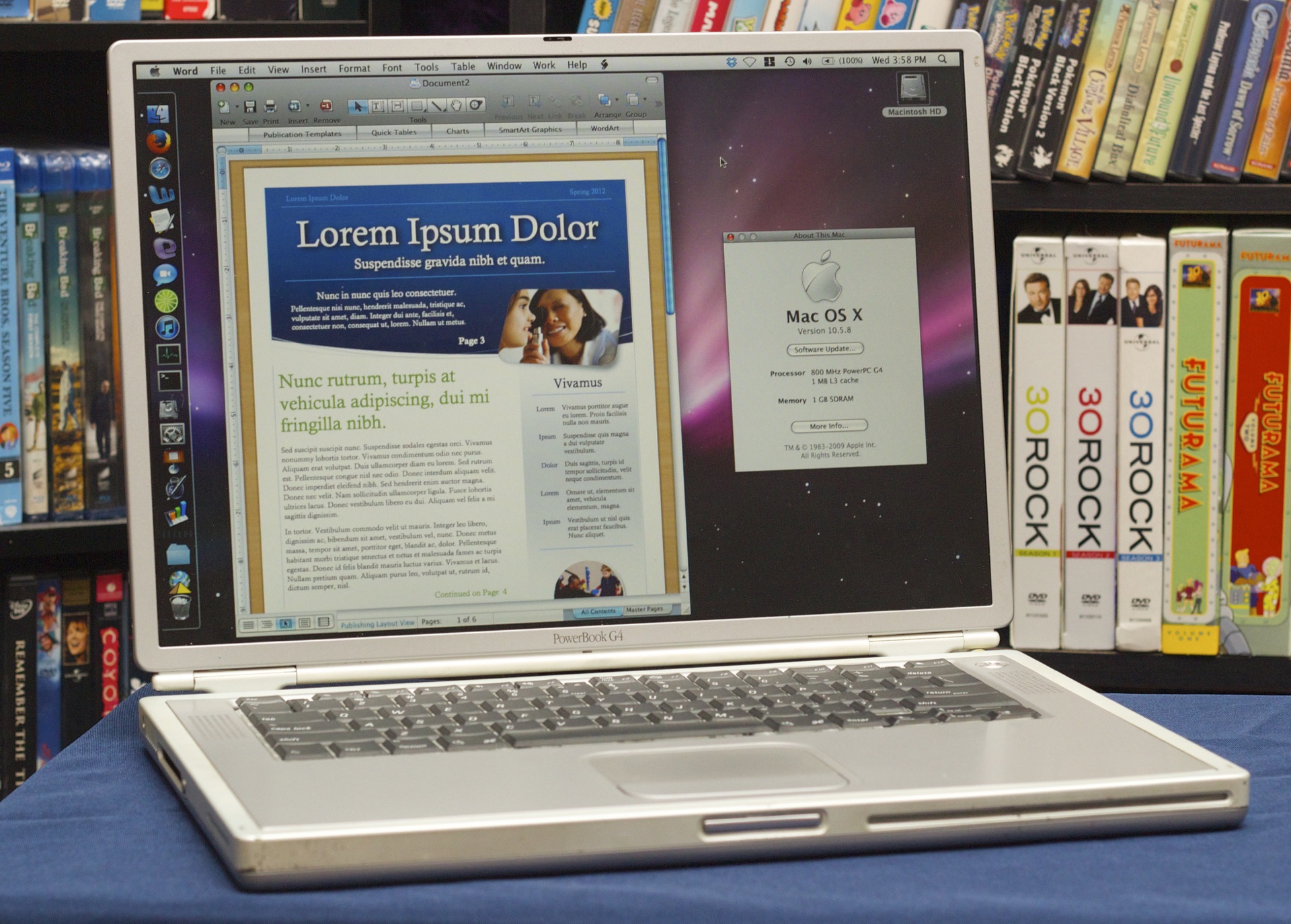
When you launch applications and work with files, your RAM collects and loads libraries as well as data. Speaking of memory management, a great way to wipe everything clean and start over is to restart when you notice a speed decrease.

Turn off a couple of applications when this happens you will regain speed. Your desktop picture or background will seem messed up, and switching between applications will be a pain. If you are short on RAM (less than 5 megabytes available) when you are working on your Mac, you will see a serious speed hit. If you launched Internet Explorer, keep it open, since you know you may use it in a few minutes anyway.Īvoid having everything open at the same time. Don’t abuse it by repetitive application launching and quitting unless you are tight on RAM. The memory structure of the Classic Mac OS (before Mac OS X) is a bit outdated and does not handle application memory as well as a modern operating system, such as Mac OS X.

When you launch and quit applications all the time, you abuse your system greatly. The way you use your Mac will impact your use of memory.
Classic mac os 9desktop pictures how to#
What about the RAM Disk in the control panel? Refer to a Speed Up Internet Explorer on the Classic Mac OS to learn how to use it, and remember that it can be used for any file that you use frequently. VM can be useful for file mapping, but it will slow you down. As long as you are not tight on RAM, you can afford to turn virtual memory off. By turning VM off, you reduce hard drive accesses and allow your RAM to take over a few things that your hard disk used to do. Your RAM is the fastest memory available on your Mac, and that is why it is the most expensive per megabyte. The virtual memory (VM) setting is simple: Turn it off. Make sure to give it at least its default setting – and if you have some spare RAM, increase the caches memory by 1-2 megabytes. It can be tempting to see the disk cache as a RAM hog, but if you decrease the amount of allocated memory, you will find out quickly that your Mac will choke on even the least demanding tasks, Web browsing included.

The first tip is to avoid giving it less memory than its default setting. The disk cache is very important for your overall performance. If you manage it correctly, you are more likely to use all its power at maximum speed. Your memory, in the form of your RAM and hard drive, is one of the keys to your Mac’s speed. Here are a few tips to give some life back to your Macintosh and preserve its power in the future. Description: Modifying the system to make it faster You have the impression that with all its power, it could deliver the goods in much less time than it does now. It was a top-of-the-line and state-of-the-art computer, but it suddenly seems older than you. 2001 – Your Mac was so darn fast when you bought it.


 0 kommentar(er)
0 kommentar(er)
